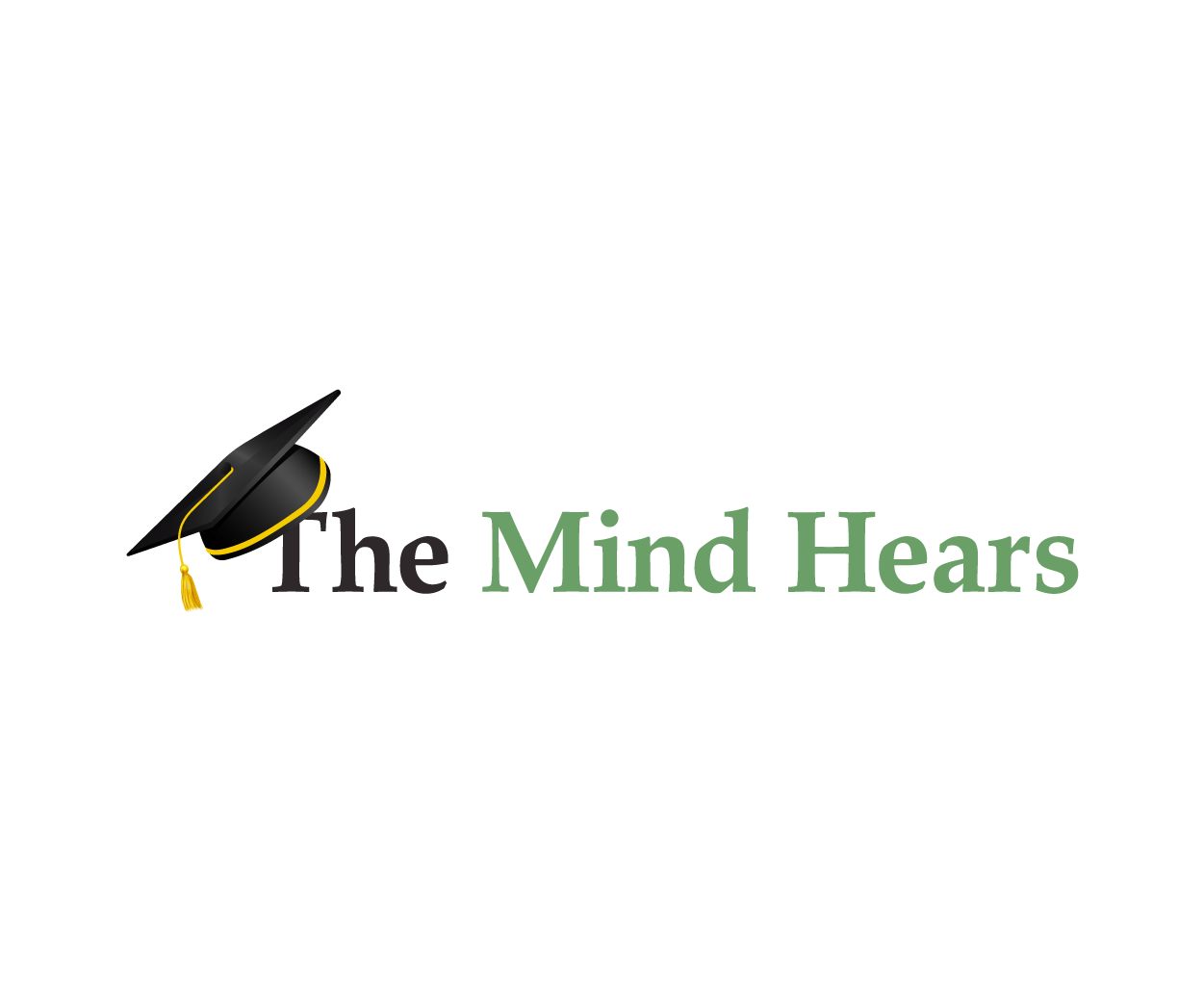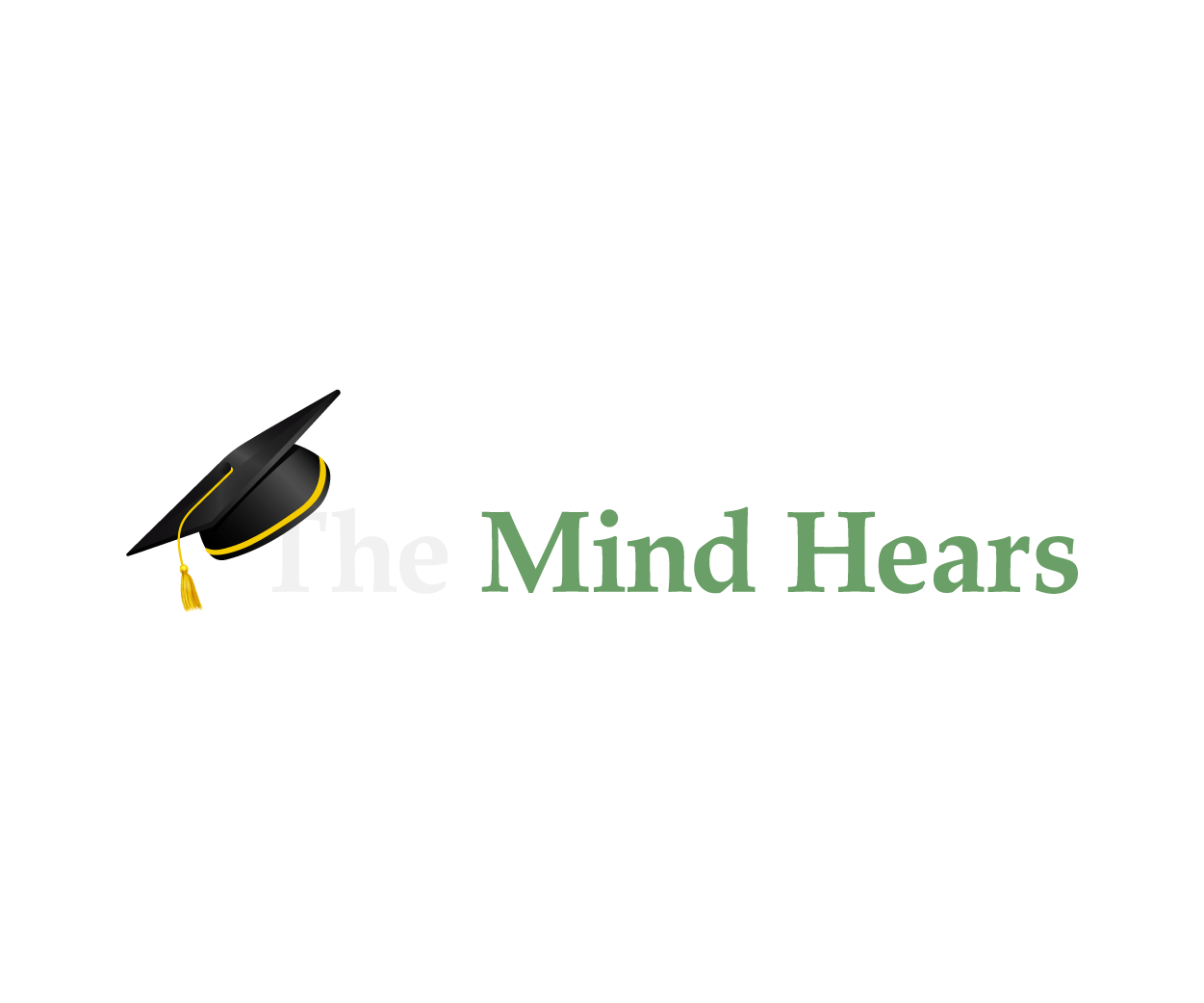deaf communication
careersdeaf/HoH experiences
Navigating a masked world when you are deaf/HoH
-Ana While the pandemic rages around the world, I know I have been incredibly lucky. Like many, I have struggled to keep my...
August 6, 2020
deaf/HoH experiences
Understanding unfamiliar accents
I wrote this post on an airplane coming back from an international conference I attended in Thailand. Because of the distance involved, participation...
March 19, 2019










